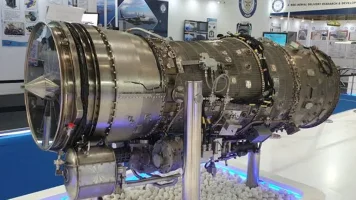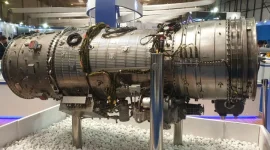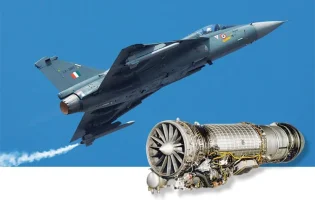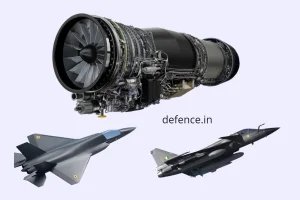- Views: 5K
- Replies: 28
India's long-standing ambition to develop its own fighter jet engine is set for a significant advancement, as the Ministry of Defence is expected to approve new funding for the Kaveri Engine programme.
This crucial financial injection will accelerate the development of an indigenous afterburner by BrahMos Aerospace and pave the way for integrating and flight-testing the engine on a Tejas Light Combat Aircraft.
The initiative is a major component of India's 'Atmanirbhar Bharat' (self-reliant India) policy, which aims to reduce the nation's dependency on foreign-built engines that currently power its fleet of fighter jets, such as the American General Electric F404.
At the heart of this development is the Kaveri Engine Derivative (KDE), a project by the Defence Research and Development Organisation's (DRDO) Gas Turbine Research Establishment (GTRE).
The engine, in its non-afterburning or 'dry' form, is primarily designed to power the DRDO's advanced Ghatak stealth Unmanned Combat Aerial Vehicle (UCAV). This dry variant has already demonstrated a stable thrust of approximately 49 to 51 kilonewtons (kN).
The programme will now enter a critical phase with the development of a new afterburner, a system that injects additional fuel to dramatically increase thrust for combat manoeuvres and supersonic flight.
In a notable expansion of its role beyond supersonic missiles, BrahMos Aerospace has been tasked with engineering this afterburner. The goal is to add around 29 kN of thrust, potentially elevating the engine's total output to nearly 80 kN, making it a viable power plant for manned fighter aircraft.
To validate its real-world performance, the Kaveri engine with the new afterburner will be integrated into an older Limited Series Production (LSP) prototype of the Tejas fighter jet.
This flying testbed will allow engineers to gather vital data on the engine's capabilities in dynamic, high-altitude flight conditions. The success of these trials will be a proof-of-concept for the engine's design and reliability.
While the project has gained momentum, engineers are focused on overcoming key technical challenges, primarily reducing the engine's weight, which currently stands at around 1,180 kg, to be more competitive with foreign counterparts like the GE F404 (approximately 1,035 kg).
Industry experts believe this is a pivotal moment for India's aerospace and defence sector. The collaboration between DRDO, BrahMos, and private sector partners like Godrej Aerospace signifies a strengthening indigenous defence ecosystem.
Successful flight trials could provide a pathway to upgrade India's existing Tejas Mk1A fleet with a domestically produced engine and serve as the foundation for the more ambitious Kaveri 2.0.
This future version, aiming for a 95 kN thrust class, is slated to power next-generation aircraft, including the Advanced Medium Combat Aircraft (AMCA), positioning India as a significant player in the global aerospace market.





